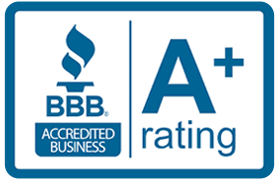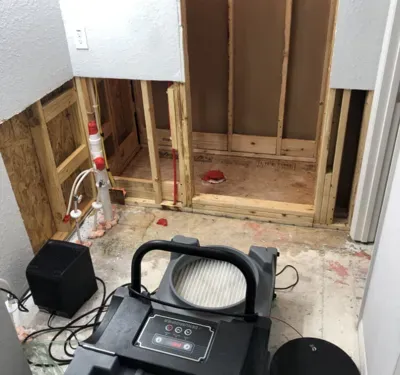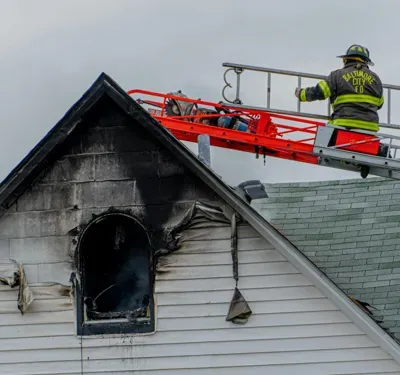Protecting Commercial Properties from Storm Damage in Tampa

Tampa, Florida, is known for its beautiful beaches, warm weather, and thriving business scene. But as any Tampa business owner knows, it’s also an area prone to storms, hurricanes, and severe weather. Storm damage can be devastating for commercial properties, causing interruptions in operations, costly repairs, and significant revenue loss. The good news is that with proper preparation and mitigation strategies, business owners can reduce the impact of storms and ensure a faster recovery.
This comprehensive guide provides practical advice for Tampa business owners on how to protect their commercial properties from storm damage, prepare for restoration needs, and maintain continuity during Florida’s storm season.
Understanding the Storm Risks in Tampa
Tampa’s location on the Gulf Coast makes it vulnerable to tropical storms and hurricanes during hurricane season, which runs from June through November. These weather events can cause:
- High Winds: Wind speeds during hurricanes can exceed 100 mph, causing roof damage, shattered windows, and fallen trees.
- Heavy Rainfall: Torrential rain can lead to flooding, especially in low-lying areas.
- Storm Surges: Coastal flooding caused by storm surges can severely impact waterfront properties.
- Flying Debris: High winds can turn loose objects into dangerous projectiles, damaging walls, windows, and HVAC systems.
Business owners must be proactive in protecting their properties from these risks.
Steps to Mitigate Storm Damage
Storm damage mitigation involves taking preventative measures to minimize the impact of severe weather on your commercial property. Here are some actionable steps Tampa business owners can take:
1. Inspect and Fortify Your Building
Routine inspections can reveal vulnerabilities that may worsen during a storm. Pay attention to these areas:
- Roof:
- Check for missing shingles, weak spots, or leaks.
- Ensure roof-mounted equipment like HVAC units are securely fastened.
- Consider installing a storm-resistant roof or impact-resistant shingles.
- Windows and Doors:
- Replace broken or weak windows with impact-resistant glass.
- Install storm shutters or plywood covers to protect against flying debris.
- Reinforce doors with heavy-duty hinges and deadbolts.
- Walls and Foundation:
- Inspect the foundation for cracks and seal them to prevent water intrusion.
- Reinforce walls with materials designed to withstand high winds, like reinforced concrete or steel.
2. Maintain Landscaping
Trees, shrubs, and landscaping features can pose a threat during storms if not properly maintained. To mitigate this risk:
- Trim tree branches and remove dead or weak trees that could fall on your property.
- Secure outdoor furniture, signage, and loose materials that could become projectiles.
- Ensure proper drainage around the property to reduce the risk of flooding.
3. Install Storm-Resistant Features
Tampa’s climate makes it worthwhile to invest in features specifically designed for storm resistance:
- Hurricane-Grade Windows and Doors: These products are tested to withstand high winds and flying debris.
- Flood Barriers: Install barriers or sandbags to prevent floodwaters from entering your property.
- Backup Power Systems: A generator can keep critical systems like refrigeration, lighting, and computers running during power outages.
Preparing for Storm Season
Preparation is key to minimizing storm damage. Tampa business owners should implement a storm preparedness plan that includes the following:
1. Develop a Storm Emergency Plan
Create a detailed plan outlining the steps to take before, during, and after a storm. Ensure the plan includes:
- Evacuation Routes: Clearly marked routes for employees and customers.
- Safety Zones: Identify secure areas within the building where people can take shelter.
- Emergency Contacts: Keep a list of emergency services, restoration companies, and insurance providers.
2. Protect Important Business Documents
Storm damage often results in the loss of critical business documents. To prevent this:
- Store physical documents in waterproof, fireproof safes.
- Digitize important records like contracts, financial statements, and insurance policies, and back them up to the cloud.
- Keep an up-to-date inventory of all business assets, including photos for insurance claims.
3. Train Your Team
Educate your employees on your storm emergency plan. Conduct regular drills to ensure everyone knows what to do during a storm. Topics to cover include:
- How to shut off utilities like gas, water, and electricity.
- Emergency communication procedures.
- Evacuation protocols and safety measures.
4. Secure Insurance Coverage
Verify that your commercial property insurance covers storm damage, including flooding and wind damage. Consider supplemental policies like:
- Flood Insurance: Essential for properties in flood-prone areas.
- Business Interruption Insurance: Covers lost income if your business is forced to close temporarily due to storm damage.
Responding to Storm Damage
No matter how well you prepare, storms can still cause damage. The key to minimizing downtime and financial loss is responding quickly and efficiently. Here’s what Tampa business owners should do after a storm:
1. Conduct a Safety Inspection
Before re-entering your property, ensure it is safe to do so. Look for:
- Downed power lines or gas leaks (report these immediately to emergency services).
- Structural damage, like weakened walls or roofs.
- Standing water, which can harbor contaminants or cause electrical hazards.
2. Document the Damage
Take photos and videos of all visible damage to your property. This documentation will be invaluable when filing insurance claims. Be sure to capture:
- Exterior damage (e.g., roofs, windows, landscaping).
- Interior damage (e.g., flooded floors, damaged equipment, wet drywall).
- Lost inventory or other business assets.
3. Contact Your Insurance Provider
File a claim as soon as possible. Provide your insurance company with all relevant documentation and follow their instructions for the next steps. Keep a record of all communications for reference.
4. Hire a Professional Restoration Company
Engaging a professional restoration company ensures the cleanup and repair process is done efficiently and to code. Look for companies with experience in storm damage restoration in Tampa. Services may include:
- Water extraction and drying.
- Mold remediation to prevent health hazards.
- Structural repairs, such as roof replacements and drywall restoration.
- Sanitization and decontamination of flooded areas.
Long-Term Strategies for Storm Resilience
Beyond immediate preparations and responses, Tampa business owners should invest in long-term strategies to make their properties more resilient to future storms.
1. Upgrade Your Building’s Design
If you’re renovating or building a new property, consider storm-resilient architecture. Features to prioritize include:
- Elevated foundations to reduce flood risk.
- Sloped roofs to prevent water pooling.
- Reinforced construction materials like steel and concrete.
2. Create a Business Continuity Plan
A business continuity plan ensures that your operations can continue or resume quickly after a storm. Key elements include:
- Setting up remote work options for employees if your property is unusable.
- Identifying alternative suppliers in case your regular supply chain is disrupted.
- Arranging temporary facilities to keep operations running.
3. Invest in Technology
Leverage technology to improve storm preparedness and recovery:
- IoT Sensors: Install sensors that detect leaks, monitor humidity, and send alerts to your phone or email.
- Cloud-Based Data Storage: Ensure critical data is safe and accessible, even if your physical servers are damaged.
- Backup Power Systems: Solar panels with battery storage or diesel generators can keep your business running during power outages.
FAQ
What are the most effective measures for protecting commercial properties from storm damage in Tampa?
Start by reinforcing vulnerable areas such as windows and doors with impact-resistant materials or storm shutters. Regularly inspect and maintain the roof, ensuring it is secure and free of weak points. Clear gutters and drainage systems to prevent water buildup during heavy rains, and invest in a backup generator to keep essential systems running in the event of power outages.
How can a business prepare for hurricane season in Tampa?
Businesses should develop a comprehensive storm preparedness plan, which includes creating an emergency response team, backing up critical data, and securing valuable equipment. Stock up on emergency supplies like sandbags, tarps, and water pumps. Additionally, ensure your commercial insurance policy covers storm-related damages and have an emergency contact list of restoration professionals ready in case immediate repairs are needed.
What role does landscaping play in protecting commercial properties from storm damage?
Proper landscaping can reduce the risk of storm damage to your property. Trim trees and remove weak or dead branches that could become projectiles during high winds. Avoid planting trees too close to buildings, as uprooted trees can cause significant damage.
Partnering with Local Experts in Tampa
Tampa business owners have a wealth of resources available to help prepare for and recover from storms. Local restoration companies, contractors, and emergency services are familiar with the unique challenges of Florida’s storm season. Building relationships with these professionals before disaster strikes can make a significant difference in recovery time and costs. Our team is always at the ready to assist you with recovering from or preparing for a storm.
Final Thoughts
Protecting your commercial property from storm damage in Tampa requires a combination of preparation, smart investments, and prompt action. By inspecting and fortifying your building, creating a detailed storm emergency plan, and investing in storm-resistant features, you can minimize the impact of severe weather on your business.
Even with the best preparations, storms can cause damage. That’s why having a robust response plan—one that includes documenting damage, filing insurance claims, and hiring professional restoration services—is essential. In the long term, upgrading your building’s design and leveraging technology can make your property more resilient to Tampa’s frequent storms.
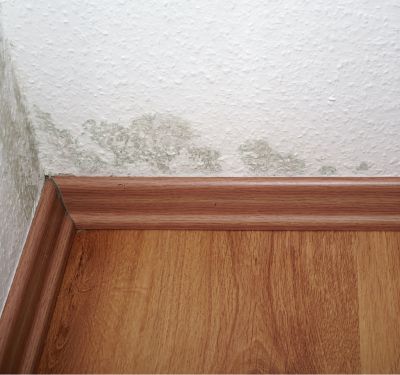
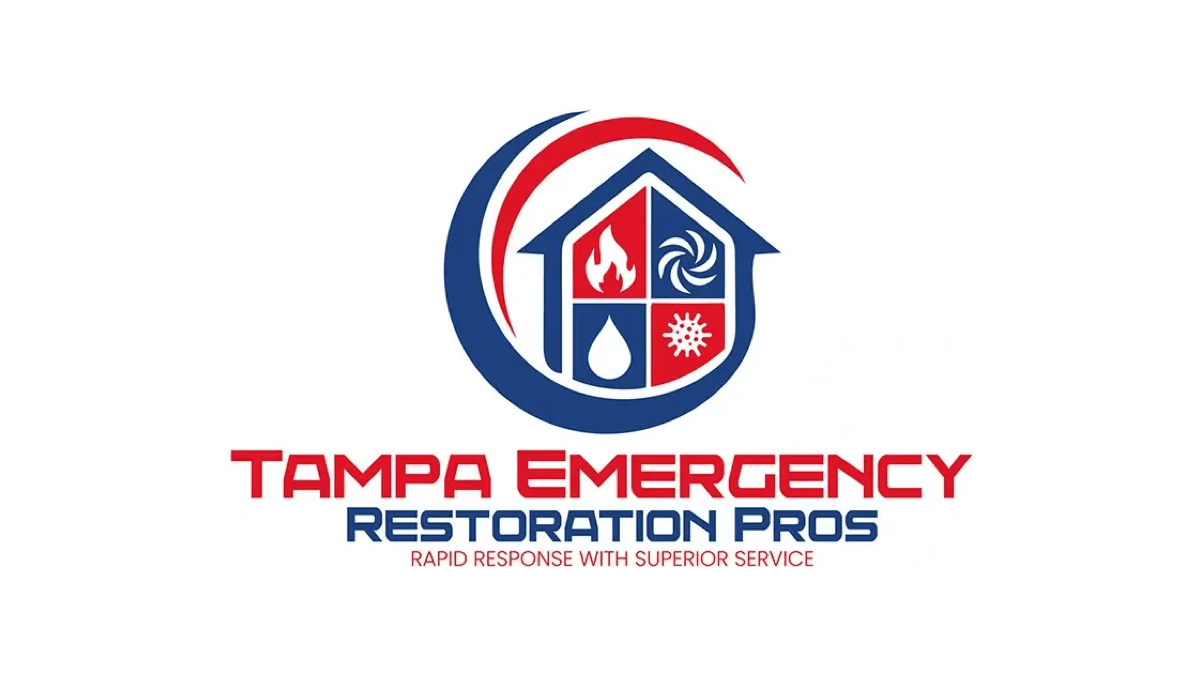
Other Blogs You May Be Interested In
Categories

